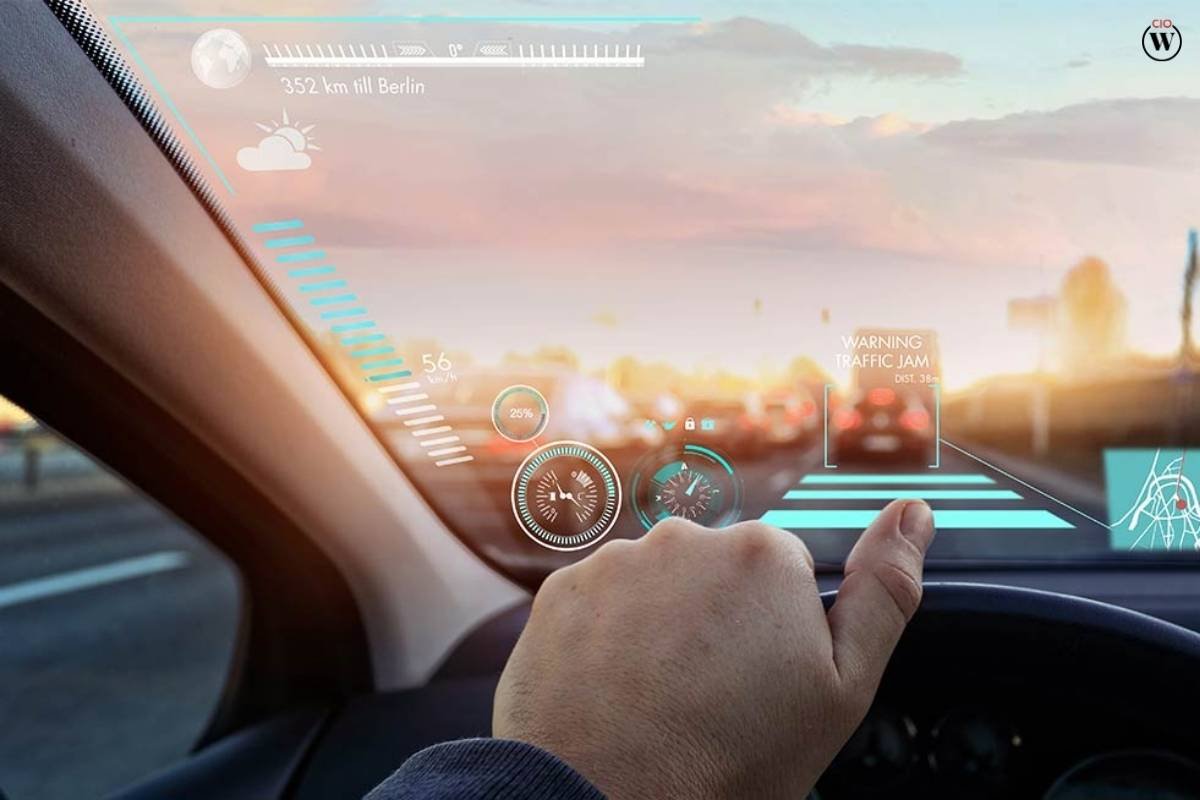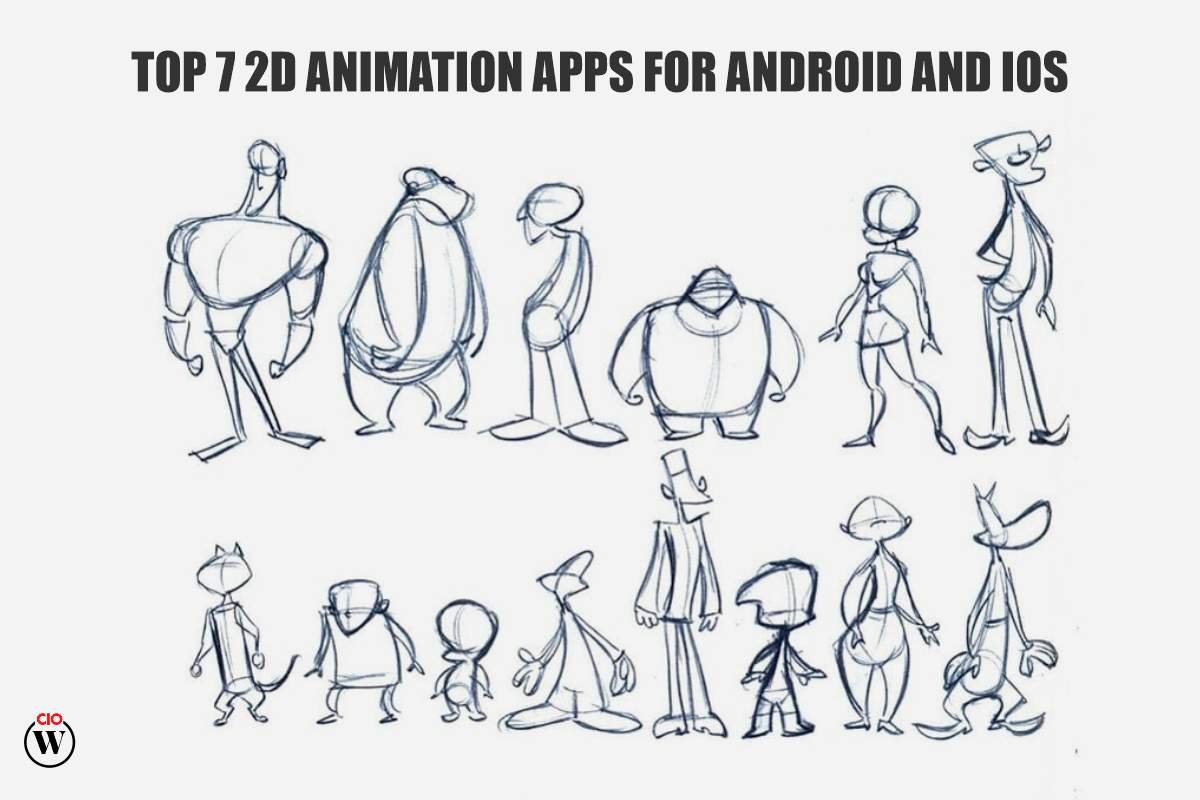In the ever-evolving landscape of automotive technology, one term has been gaining significant traction in recent years – Augmented Reality in automobiles. This transformative technology is not just a buzzword but a paradigm shift that is propelling the automotive industry into a new era. As we delve into the intricacies of augmented reality in automobiles, it becomes evident that this innovation is not just about enhancing entertainment systems or aesthetics; it’s about redefining the driving experience altogether.
The Augmented Reality Revolution
Augmented Reality (AR) is a technology that overlays digital information in the real world, providing users with an enhanced perception of their surroundings. In the context of automobiles, AR has the potential to revolutionize how drivers interact with their vehicles and the road. From heads-up displays to interactive navigation systems, augmented reality is set to redefine the driving experience.
Heads-Up Displays (HUDs)

Source – Magic Holo
One of the most tangible applications of augmented reality in automobiles is the integration of Heads-Up Displays (HUDs). HUDs project vital information directly onto the windshield, allowing drivers to access critical data without diverting their attention from the road. These displays can include navigation instructions, speed limits, and even real-time traffic updates. As the automotive industry shifts towards autonomous driving, HUDs become even more crucial, ensuring that drivers remain informed and in control.
Navigation and Wayfinding
Augmented reality is set to revolutionize navigation systems by providing more intuitive and interactive guidance. Traditional GPS navigation systems often require drivers to glance at a screen, taking their eyes off the road. Augmented reality navigation overlays directions onto the driver’s field of view, making it easier to follow without compromising safety. The keyword “Augmented Reality in automobiles” plays a pivotal role in reshaping how drivers navigate through the ever-expanding road networks.
Enhanced Safety Features
Safety has always been a paramount concern in the automotive industry. Augmented reality contributes significantly to this aspect by introducing features that enhance situational awareness. For instance, AR can highlight potential hazards, display blind spot warnings, and even alert drivers about pedestrians or cyclists in their vicinity. By integrating augmented reality into safety systems, automakers are taking a giant leap towards mitigating accidents and creating a safer driving environment.
Interactive User Interfaces
Beyond the conventional dashboard, augmented reality introduces interactive user interfaces that respond to gestures, voice commands, and touch. This means drivers can access a myriad of functions without fumbling with physical controls. The keyword “Augmented Reality in automobiles” reflects this shift towards a more dynamic and user-friendly driving experience, where technology seamlessly integrates with human interaction.
Immersive Entertainment Systems
In addition to safety and navigation, augmented reality is set to redefine in-car entertainment systems. The keyword “Augmented Reality in automobiles” is not limited to safety applications but extends to creating immersive experiences for passengers. AR can transform mundane drives into virtual adventures, where passengers can enjoy augmented reality games, virtual tours, or even interactive storytelling. This paradigm shift in entertainment within the automotive realm aligns with the broader trend of making vehicles more than just a means of transportation.
The Road Ahead: Autonomous Driving

As we move towards the era of autonomous driving, augmented reality plays a pivotal role in shaping the future of transportation. The keyword “Augmented Reality in automobiles” becomes even more relevant in the context of self-driving cars. AR can enhance the passenger experience by providing virtual displays, entertainment options, and real-time information about the surroundings. It also facilitates a smoother transition between manual and autonomous modes, ensuring that drivers can seamlessly take control when necessary.
Challenges and Considerations
While the potential of augmented reality in automobiles is vast, there are challenges that need to be addressed. The integration of AR technology comes with concerns about distraction and information overload. Striking the right balance between providing useful information and preventing cognitive overload is crucial to the successful implementation of augmented reality in vehicles.
Another consideration is the cost of integrating AR technology into vehicles. As with any emerging technology, the initial implementation can be expensive. However, as the technology matures and gains wider adoption, costs are likely to decrease, making augmented reality more accessible to a broader range of consumers.

Source – WIRED
Privacy and security concerns also come into play when considering the use of augmented reality in automobiles. The collection and processing of real-time data to provide AR-enhanced features raise questions about user privacy and the potential for misuse of sensitive information. As the automotive industry embraces augmented reality, there must be a concerted effort to address and mitigate these concerns.
Regulatory frameworks will also need to evolve to accommodate the integration of augmented reality in automobiles. Clear guidelines and standards must be established to ensure the safe and responsible use of this technology on the roads. The keyword “Augmented Reality in automobiles” should be at the forefront of discussions among policymakers, manufacturers, and technology developers as they navigate the regulatory landscape.
Conclusion
In conclusion, the advent of augmented reality in automobiles marks a significant milestone in the evolution of the automotive industry. From heads-up displays and interactive navigation to enhanced safety features and immersive entertainment systems, the keyword “Augmented Reality in automobiles” encapsulates a transformative journey towards a more connected and intelligent driving experience.
As technology continues to advance, the integration of augmented reality will become more prevalent, ultimately paving the way for the widespread adoption of autonomous driving. Challenges notwithstanding, the potential benefits in terms of safety, convenience, and entertainment make augmented reality a driving force in shaping the future of automobiles. The road ahead is undoubtedly paved with innovation, and augmented reality is steering us towards a new era of intelligent and connected transportation.










